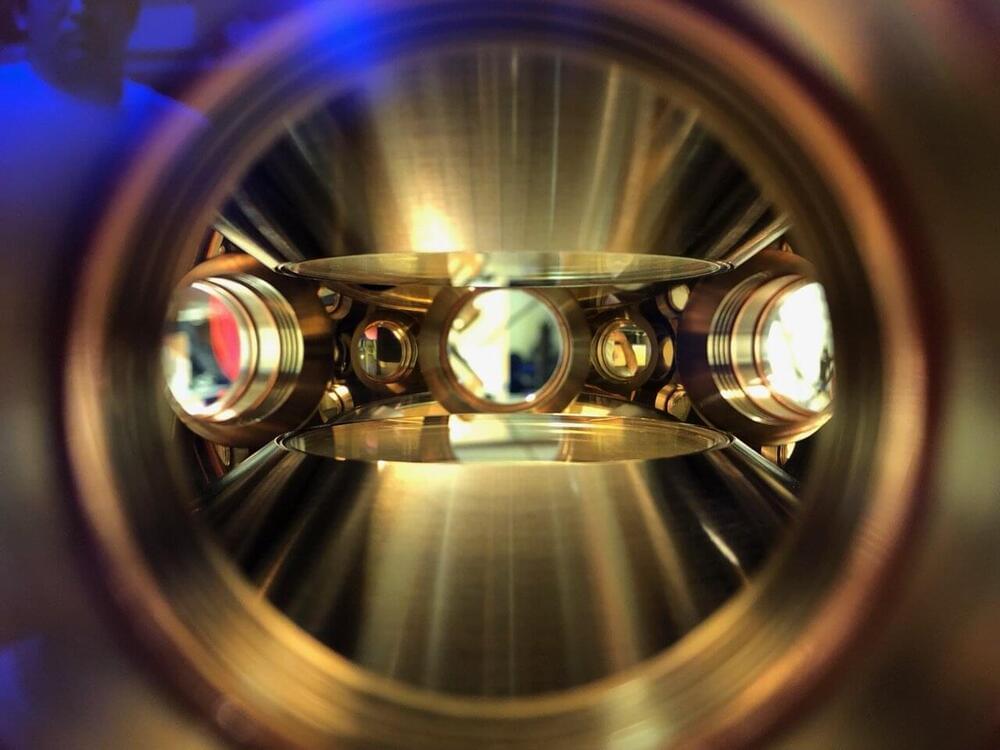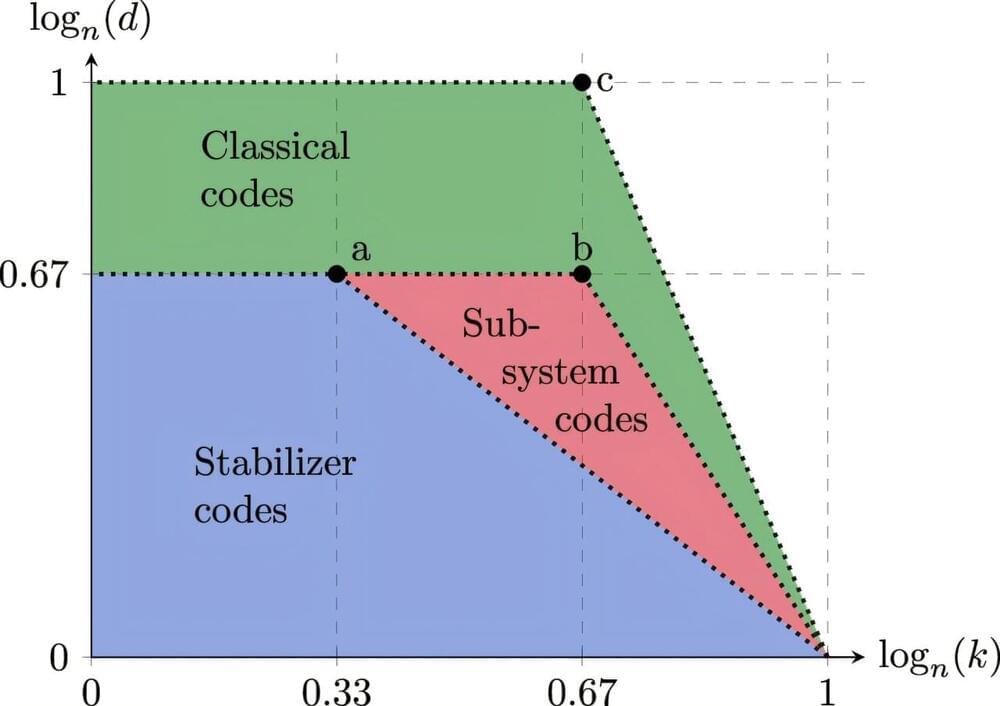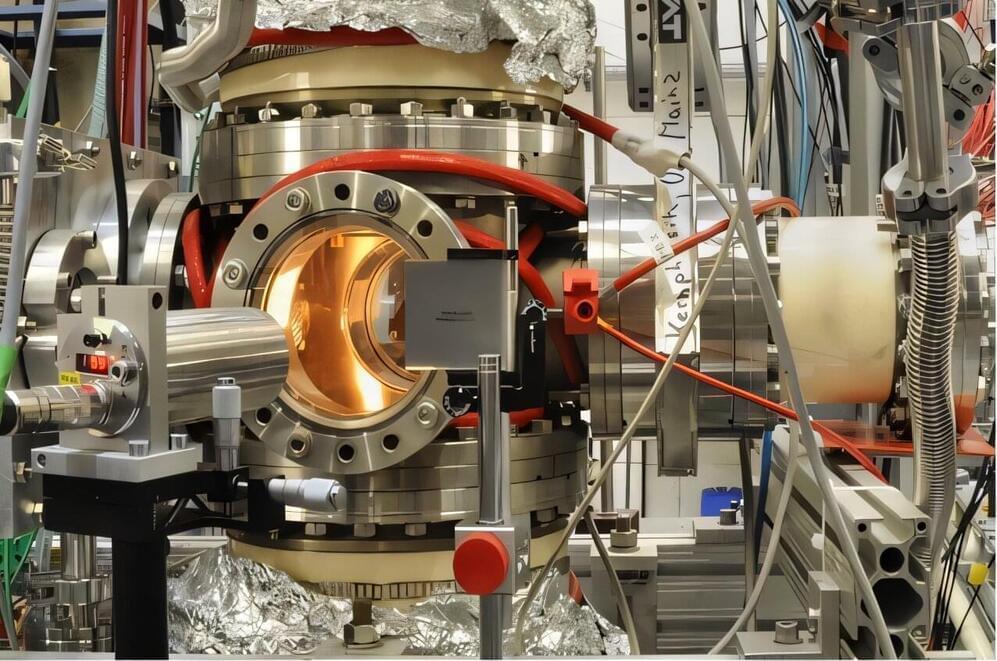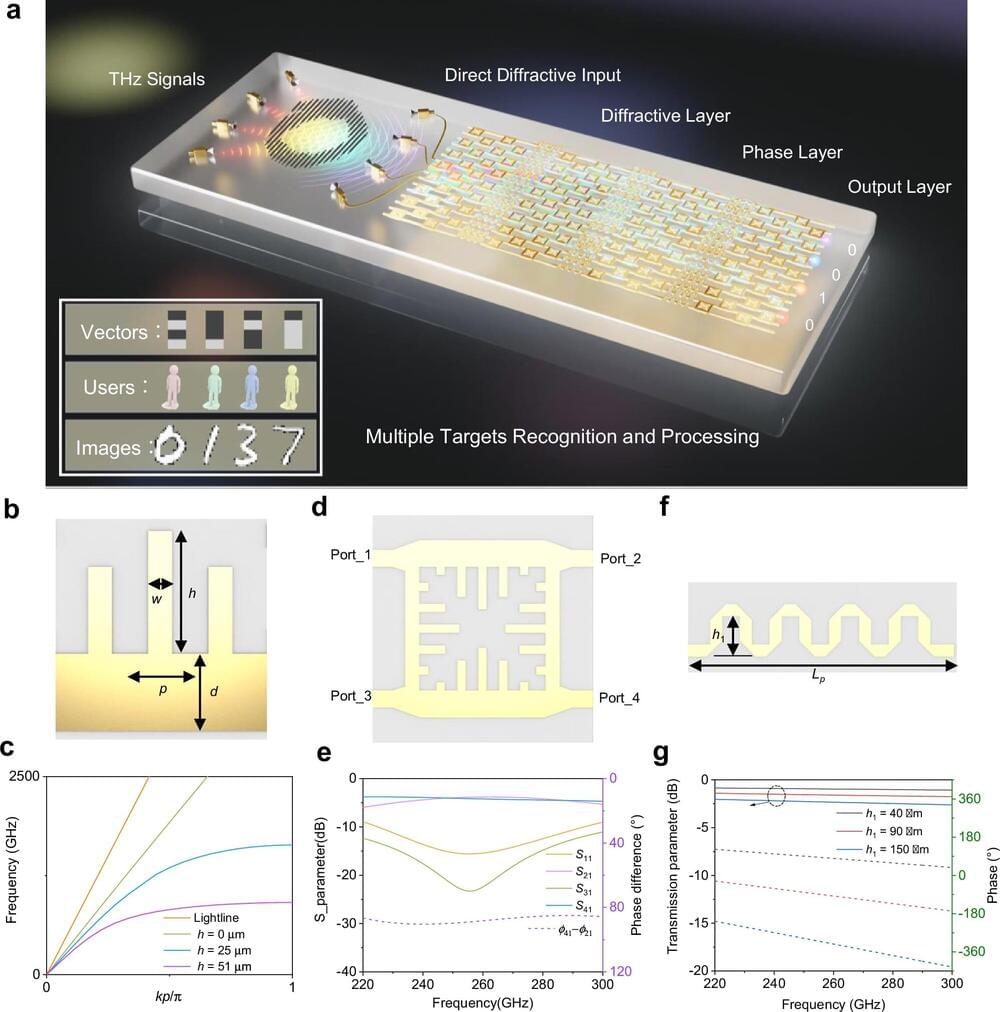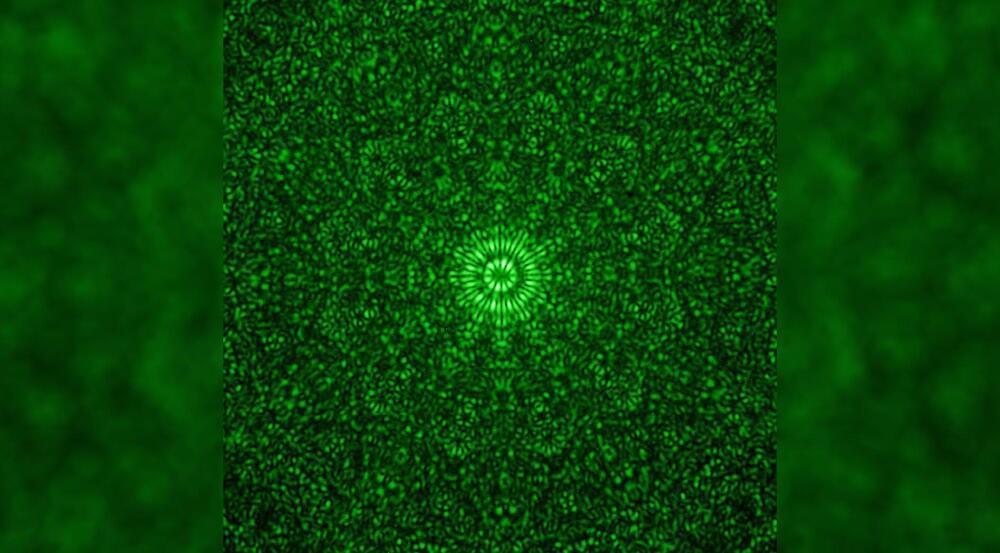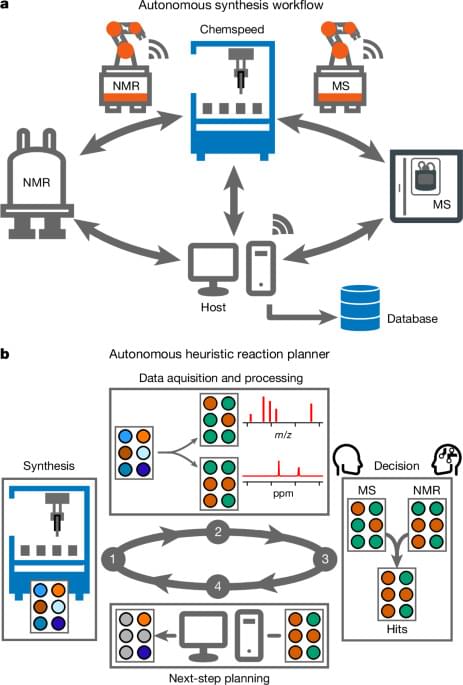An experimental setup built at the Technion Faculty of Physics demonstrates the transfer of atoms from one place to another through quantum tunneling between optical tweezers. Led by Prof. Yoav Sagi and doctoral student Yanay Florshaim from the Solid State Institute, the research was published in Science Advances.
Two quantum information theorists at the University of Sydney Nano Institute have solved a decades-old problem that will require fewer qubits to suppress more errors in quantum hardware.
It turns out that the evolution of the most violent collisions between nuclei, as they are studied at the Large Hadron Collider at CERN, depends on the initial conditions, namely the geometry and shape of the colliding nuclei, which are in their ground state. More surprisingly, this insight also allows us to determine properties of the colliding nuclei that cannot easily be studied by other methods.
The researchers have predicted how the shape changes and fluctuations of the colliding nuclei will influence the outcome of extreme high-energy conditions. This paves the way for further studies which will yield a better understanding of the dynamic behavior of nuclei. An article on the results has been published in Physical Review Letters.
The predictions are theoretical but based on an experiment at the world’s leading physics research center, CERN, Switzerland.
Using laser spectroscopy, the team were able to measure the nuclear radius of several isotopes of nobelium and fermium.
Unlike lighter regions of the nuclear chart, where upward kinks are observed crossing shell closures, the trend across a key neutron number is shown to be smooth. This indicates that nuclear shell effects due to a few nucleons have a reduced influence as the so-called superheavy elements are approached, and the nuclei behave more like a deformed liquid drop.
Researchers from the University of Liverpool’s Department of Physics, Professor Bradley Cheal and Dr. Charlie Devlin, contributed to the nobelium experimental activities of the study.
An innovative planar spoof plasmonic neural network (SPNN) platform capable of directly detecting and processing terahertz (THz) electromagnetic signals has been unveiled by researchers at City University of Hong Kong (CityUHK) and Southeast University in Nanjing.
TinyTroupe by Microsoft (early stage release)
LLM-powered multiagent persona simulation for imagination enhancement and business insights.
LLM-powered multiagent persona simulation for imagination enhancement and business insights. — microsoft/TinyTroupe.
Much of modern life depends on the coding of information into means of delivering it. A common method is to encode data in laser light and send it through optic cables. The increasing demand for more information capacity demands that we constantly find better ways of encoding it.
Autonomous laboratories can accelerate discoveries in chemical synthesis, but this requires automated measurements coupled with reliable decision-making.
Much progress has been made towards diversifying automated synthesis platforms4,5,19 and increasing their autonomous capabilities9,14,15,20,21,22. So far, most platforms use bespoke engineering and physically integrated analytical equipment6. The associated cost, complexity and proximal monopolization of analytical equipment means that single, fixed characterization techniques are often favoured in automated workflows, rather than drawing on the wider array of analytical techniques available in most synthetic laboratories. This forces any decision-making algorithms to operate with limited analytical information, unlike more multifaceted manual approaches. Hence, closed-loop autonomous chemical synthesis often bears little resemblance to human experimentation, either in the laboratory infrastructure required or in the decision-making steps.
We showed previously11 that free-roaming mobile robots could be integrated into existing laboratories to perform experiments by emulating the physical operations of human scientists. However, that first workflow was limited to one specific type of chemistry—photochemical hydrogen evolution—and the only measurement available was gas chromatography, which gives a simple scalar output. Subsequent studies involving mobile robots also focused on the optimization of catalyst performance12,13. These benchtop catalysis workflows11,12,13 cannot carry out more general synthetic chemistry, for example, involving organic solvents, nor can they measure and interpret more complex characterization data, such as NMR spectra. The algorithmic decision-making was limited to maximizing catalyst performance11, which is analogous to autonomous synthesis platforms that maximize yield for a reaction using NMR23 or chromatographic10,24 peak areas.
Here we present a modular autonomous platform for general exploratory synthetic chemistry. It uses mobile robots to operate a Chemspeed ISynth synthesis platform, an ultrahigh-performance liquid chromatography–mass spectrometer (UPLC-MS) and a benchtop NMR spectrometer. This modular laboratory workflow is inherently expandable to include other equipment, as shown here by the addition of a standard commercial photoreactor.
